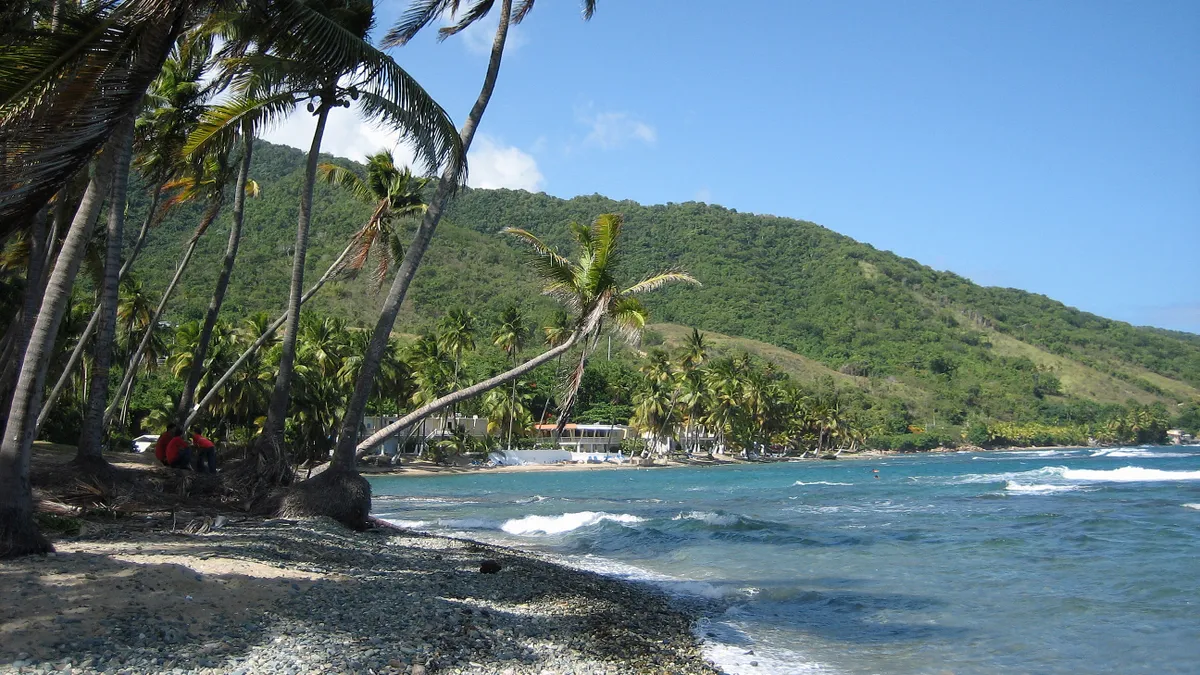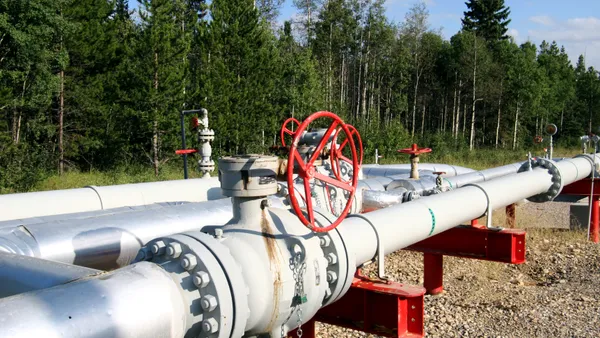Dive Brief:
- A group of bondholders proposed an $8.1 billion proposal to help Puerto Rico's electric utility restructure its debt, but the utility rejected it Thursday, saying the plan is unfair to ratepayers and other creditors.
- The proposal, floated by owners of less than half PREPA's bonds, would have allowed the utility $2.5 billion to upgrade its grid and diversify its fuel sources through 2025, Bloomberg reports.
- Three weeks ago the utility announced a short-term deal allowing it to keep operating while dealing with the financial crisis; PREPA said it would fund a $415 million payment with approximately $153 million of cash and the remainder from its debt service reserve accounts, taking it through to December.
Dive Insight:
An offer to restructure liabilities and free up cash for infrastructure improvements at Puerto Rico's debt-strapped utility could lead nowhere. Bloomberg reports a deal which would help PREPA restructure more than $8 billion in debt is likely to fall through, as the utility calls the plan unfair to some creditors and ratepayers.
According to the report, a group representing about 40% of bondholders floated a debt exchange proposal that would have given the power provider $2.5 billion to upgrade its system – some $200 million more than the utility's own proposal last month.
But the utility has rejected the proposal, saying through a spokesperson that it “does not provide a path for a successful restructuring. … It does not share the burden.”
But bondholders, including Tom Wagner, co-founding partner of hedge fund Knighthead Capital Management, told Bloomberg that the deal would be similar to one used to bail out New York's Long Island Power Authority. “It almost creates interest-free borrowing for the island’s utility,” he said.
Last month reports surfaced of a proposal to inject capital and allow the utility to modernize its generation fleet and upgrade transmission infrastructure. ITC Holdings and NRG Energy were reportedly working on a deal that called for up to 1,500 MW of combined-cycle gas capacity and another 400 MW of utility-scale solar.
Puerto Rico could save billions by moving away from its aging oil fleet, which uses expensive imports to generate much of its power. In 2013, 55% of Puerto Rico’s electricity came from fuel oil, 28% from natural gas, 16% from coal, and 1% from renewables, according to the EIA. Power prices are higher than any state except Hawaii, coming in at an average of $0.227 per kWh.














